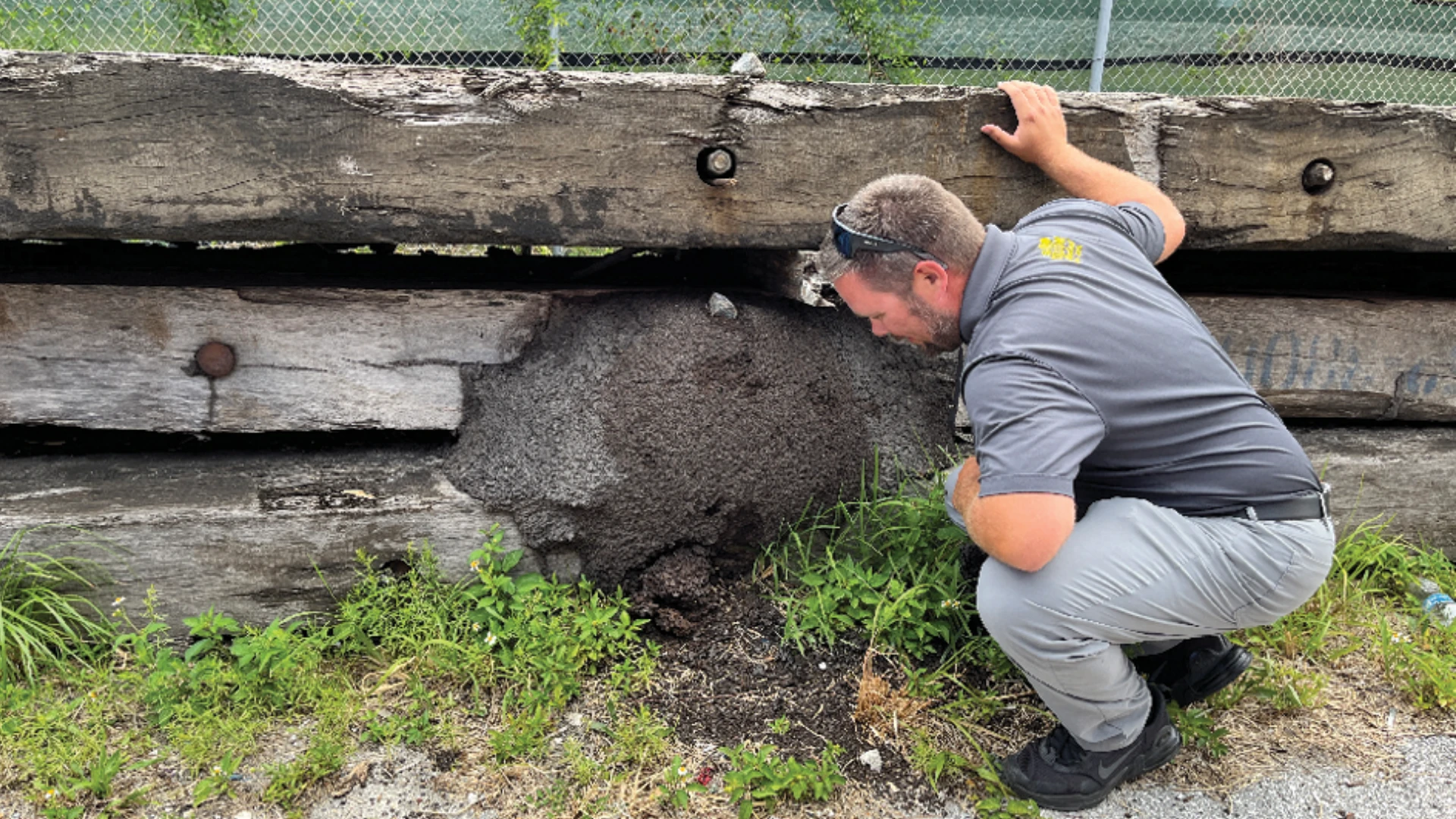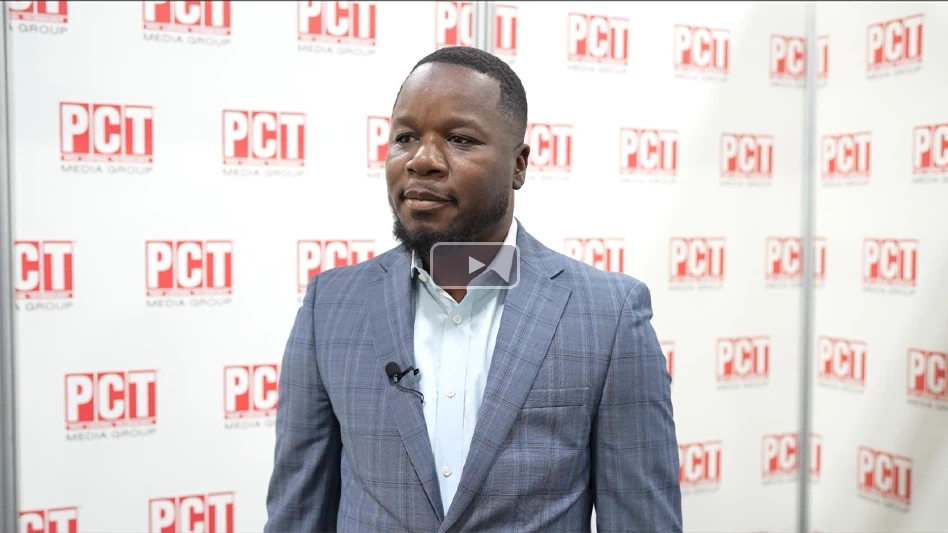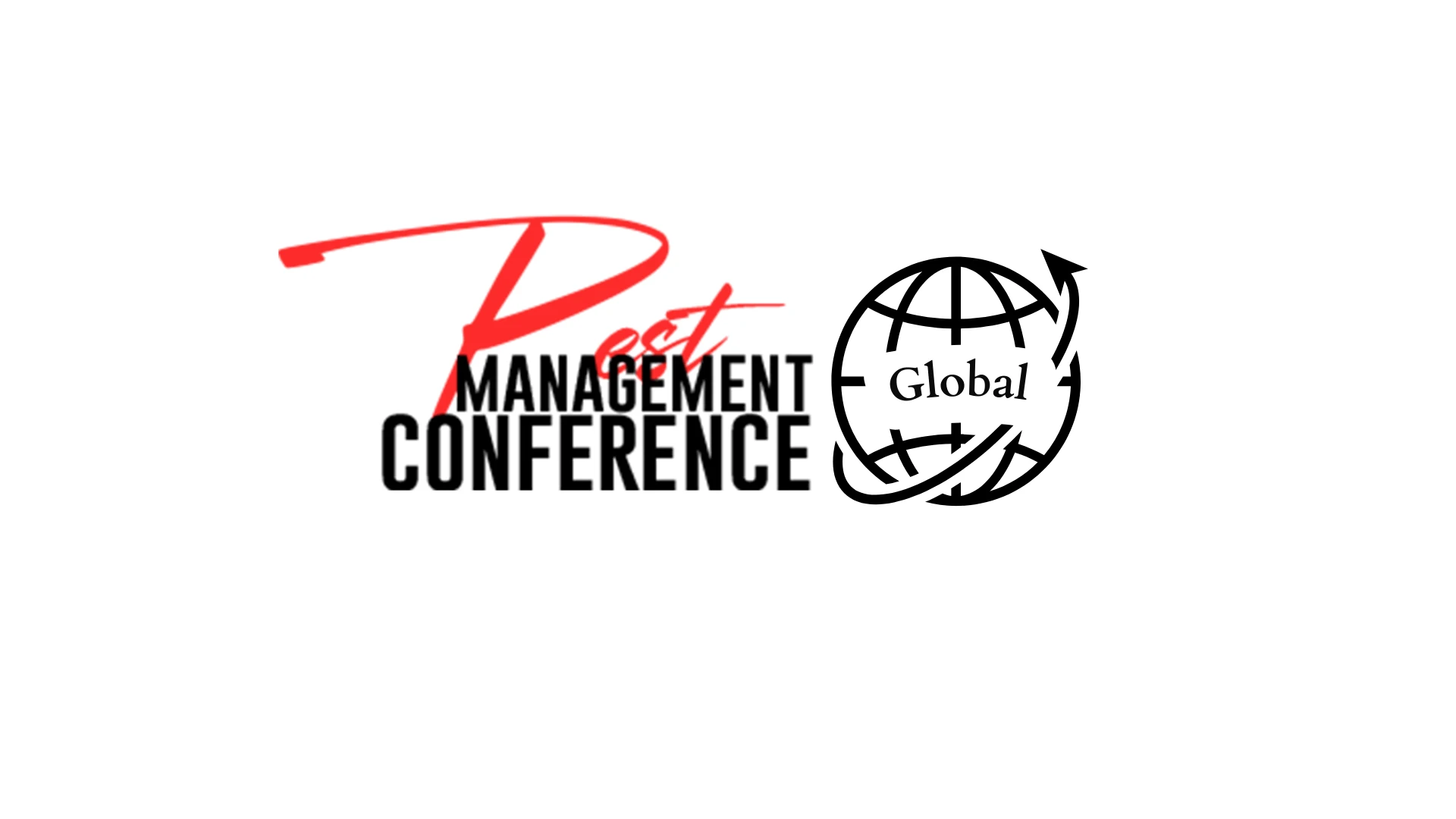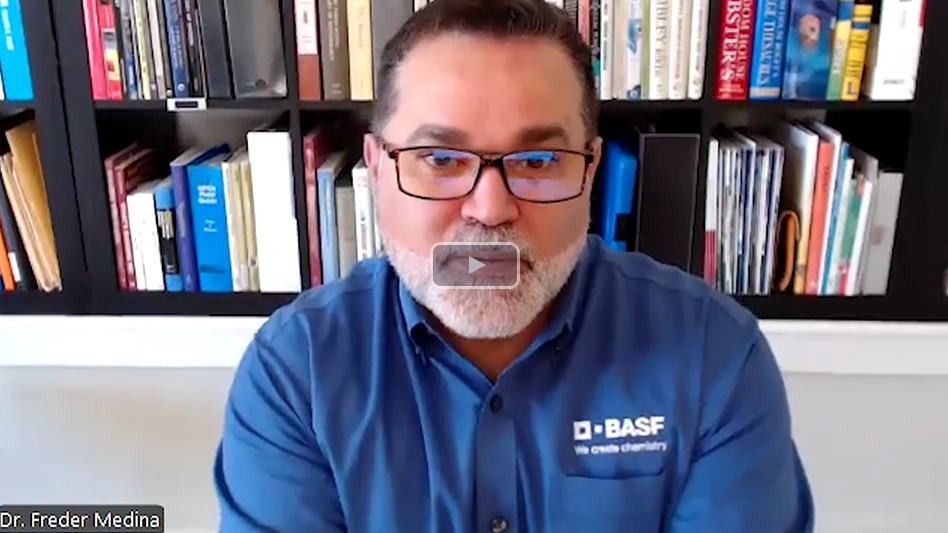Editor’s note: Does the person answering the phone at your pest control company know how to tell ants and termites apart? Since they are often confused for one another, this is an important question for your customers and your employees. When a customer calls your office, they want to know what’s in their kitchen — especially if the pests are carpenter ants.
This is the first in a series of articles aimed at training your company’s first line of customer service — the people who answer your phones.
AN ANT OR A TERMITE? Ants belong to a large family of social insects and are found in practically every environment. Ants serve as nature’s clean-up and recycling crews and will search for food and water wherever they can gain access. And when ants try to take over your customers’ kitchens, they become pests.
Put yourself in the shoes of your customers for a moment. One morning you walk into the kitchen only to discover hundreds of winged insects on the floor.
Panic sets in as you think of termites, repairs and money. But is the customer sure that the pests they see are termites? Flying ants and flying termites look similar at first glance to many homeowners.
The similarities in color and size of ants and termites further confuse the issue. There are three dependable ways to tell apart winged ants from winged termites (see chart at right) and the person at your company who answers the phone should be able to relay these characteristics to the homeowner.
It is important for customers that identifications be made or confirmed by a professional pest control company because a mistake in identification can be costly. Termites identified as ants can result in damage to the home and lead to costly repairs.
Conversely, believing an ant is a termite may result in unnecessary and expensive treatments to the home. Reliable identification of termites and ants should be your first priority.
IS IT A CARPENTER ANT? Carpenter ants are large, mostly black ants (3/16 to 3/4 inch) that damage wood. They are appropriately named because they chew galleries into wood to house their colony or nest. Unlike termites, carpenter ants do not eat the wood they chew. They prefer wood (in homes or outside in trees and logs) softened by moisture and fungus because it is easier for them to excavate. When a customer sees these large black ants, it may mean that they will have to fix leaks and/or replace damaged wood.
Structure-infesting carpenter ants do not nest in the ground like other ants; instead, they nest in tree holes, logs, stumps and timbers. In late May and early June, the ants begin foraging for food. It is important to note that carpenter ants are mainly active at night. At dusk, they leave their nest and climb up into tree canopies to feed on dead and live insects, as well as the sugary excretions (known as honeydew) that aphids and scale insects produce while feeding on plants.
Carpenter ants establish permanent trails between their nest (often in a tree) and where they forage, and they deviate from these trails little during the season. Each evening, hundreds to thousands of ants use the same trail. With so many ants using the trails, they take on a “beaten path” appearance.
Foraging trails from carpenter ant nests to feeding sites can be 350 feet long and will be frequented as food can be found.
Carpenter ants, like other ants, often venture indoors to find food. Sometimes they will create a temporary “satellite” colony inside your customers’ homes.
Satellite colonies maintain their connection to the main colony, typically located outdoors. Nests are routinely found in eaves damaged from stopped-up gutters, in moisture-damaged roofing around chimneys, and in flooring and walls close to dishwashers, washing machines, sinks and bathtubs.
Other potential nesting sites include under poorly fitted siding and flashing; inside hollow porch posts; window frames; hollow doors; thresholds; and walls next to window air conditioners.
CONTROLLING CARPENTER ANTS. Below are some ways that your company will help control your customers’ carpenter ant problems. You also may want to discuss these tips with your customers.
• Find The Nest In The Tree. Finding carpenter ant nests is best done by locating the permanent trails and then following ants along that trail back to their nest. If customers are interested in looking for the ants themselves, suggest that they work at night (using a flashlight fitted with a red or amber filter) because doing so increases the chances of finding the nest while not disturbing the ants. In the evening hours (30 minutes after sundown), tell customers to walk around the perimeter of each large tree (8-inch diameter or greater) in their yard. Let them know that they should look for large, black ants moving up and down the tree trunk. Colonies are commonly located in larger, older trees containing scars and open face holes.
The presence of sawdust around the base of a tree is also a good indication that carpenter ants are nesting in that tree. Remind customers that carpenter ants do not eat wood like termites. They chew out galleries inside of wood and then must remove and discard this material. Suggest to customers that they clean up the sawdust and watch for new accumulations over the next few days. If so, a nest is in that tree. Keep in mind that other insects also produce sawdust.
• Find The Ground Trail To The House. Since carpenter ants use permanent trails, ask customers to use a dim or filter-fitted (amber/red) flashlight to find the trail and follow the ants as they move from the tree, through the grass and to the home. Let them know that a pest control company may apply an insecticide in these areas to help deter future ant invasions into their home.
• Tree Limbs Connect Nest From The Tree To The House. Foraging carpenter ants often enter structures by bridging to roofs and siding from outer tree branches that are in contact with these surfaces. The easy solution for customers is to prune tree limbs and shrubs back so they don’t touch their home.
CONCLUSION. Be sure to remind your customers that contracting with a pest control company is important for carpenter ant control because professionals can offer quality products, including baits; but more importantly, they can provide professional advice on how to use pesticides to their maximum effectiveness.
Ants can be persistent pests in and around homes. Therefore, customers and pest management professionals must be equally persistent in their efforts to control them. Careful observation, good sanitation and sound landscape management practices are the homeowner’s most valuable tools. Urge potential customers to direct their tough questions to pest management professionals.
The authors are coordinator, Purdue University Pesticide Programs; assistant professor, Department of Entomology, University of Georgia; and technical director, Varment Guard, Columbus, Ohio, respectively.

Explore the October 2002 Issue
Check out more from this issue and find your next story to read.
Latest from Pest Control Technology
- The Evolving World of Electronic Rodent Monitoring
- Back-to-basics Approach for Cockroach Control
- PPMA Encourages PMPs to Take Part in Termite Awareness Week
- Moneypenny is a Provider of Virtual Receptionists
- Video: Top 10 PCT Photo Contest Finalists
- Massey Services Expands with Southeast Commercial Region
- Pest Management Foundation Announces Kevin J. Burns Scholarship
- How to Identify Clover Mites





